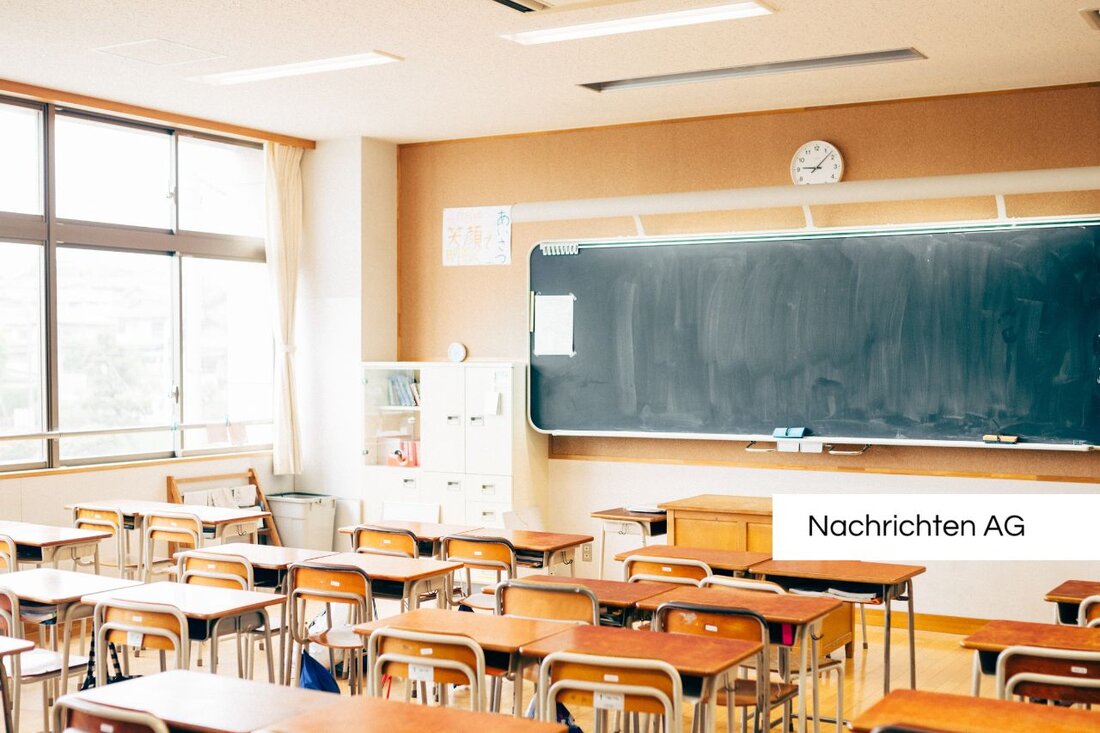Sisters from Zwickau: Deaf and successful in beach volleyball
The article sheds light on the lives of the deaf sisters Nelly and Peggy from Zwickau, their sporting activities and challenges in society.

Sisters from Zwickau: Deaf and successful in beach volleyball
Today in Cologne it is about the important topic of deaf culture, which is often still underrepresented in society's perception. The sisters Nelly and Peggy Steinbach, who grew up in Zwickau after reunification, are not only role models in their sporting discipline of beach volleyball in their club GSV Zwickau, but also actively represent the interests of deaf people. Both manage to go their own way, even if the challenges of their deaf identity sometimes demand great things.
The Steinbachs communicate with their parents, Norman and Pia, using sign language. Norman, a former competitive athlete in the GDR, experienced a different childhood than his daughters. In the former GDR, it was common practice for deaf people to learn spoken language, which was extremely difficult for Pia, who comes from a religious family and had no access to sign language. Today she teaches sign language at Zwickau University and acts as an important link between the worlds. Norman, on the other hand, was consolidated in his role as a mechanic after the fall of the Wall and was able to keep his job.
Deaf culture in transition
There are around 70 million deaf people worldwide who communicate in over 300 different sign languages. These languages are not only means of communication, but also carriers of cultural identity. Audism – discrimination based on the superiority of spoken language – is a common phenomenon that deaf people experience on a daily basis in society. In order to increase the visibility and rights of deaf people, collective consciousness is of great importance. The concept of deafhood, which reflects deafness as an essential cultural identity, is becoming increasingly important.
Since the 1960s, deaf people have had to assert themselves not only against prejudices, but also against the injustices of political discourse. The deaf culture itself includes historical, artistic and social aspects that should be treated and appreciated independently. Sign languages are the preferred form of communication in deaf culture and play a key role in exchange and identity formation. The educational institutions for the deaf not only offer the necessary language skills, but also make a decisive contribution to identity development.
Self-determination and visibility
In the show “self-determined!” The aim is to clarify Article 3 of the Basic Law, which prohibits discrimination on the basis of disability. It highlights how important a self-determined life is for deaf people in various areas of life such as work, school or culture. It is noted that deaf people are often pushed into an isolated role, which limits the autonomy and visibility of deaf culture.
The influence of sign languages, which have served as a unifying element for the deaf for more than 300 years, is also significant. The current political and social landscape requires a rethink. Most people are still at the first levels of consciousness and often perceive deaf people as deficient. But with young talent and committed actors, both from the ranks of the deaf and from hearing scientists, many are working to change these perspectives and to comprehensively show the lived culture.
In order to counteract the exclusion of deaf people, cultural events and the training of sign language interpreters are essential for equal participation in everyday life. The Political situation of the deaf presents many challenges, but also a lot of potential for changes in terms of acceptance and integration.
Nelly and Peggy are both living examples of the awakening and strengthening of deaf culture. They show that a lot can be achieved with courage, determination and a strong cultural foundation. In a world characterized by diversity, deaf people are becoming increasingly more visible and strengthening their self-confidence - a wonderful development that will not lose its relevance.

 Suche
Suche
 Mein Konto
Mein Konto